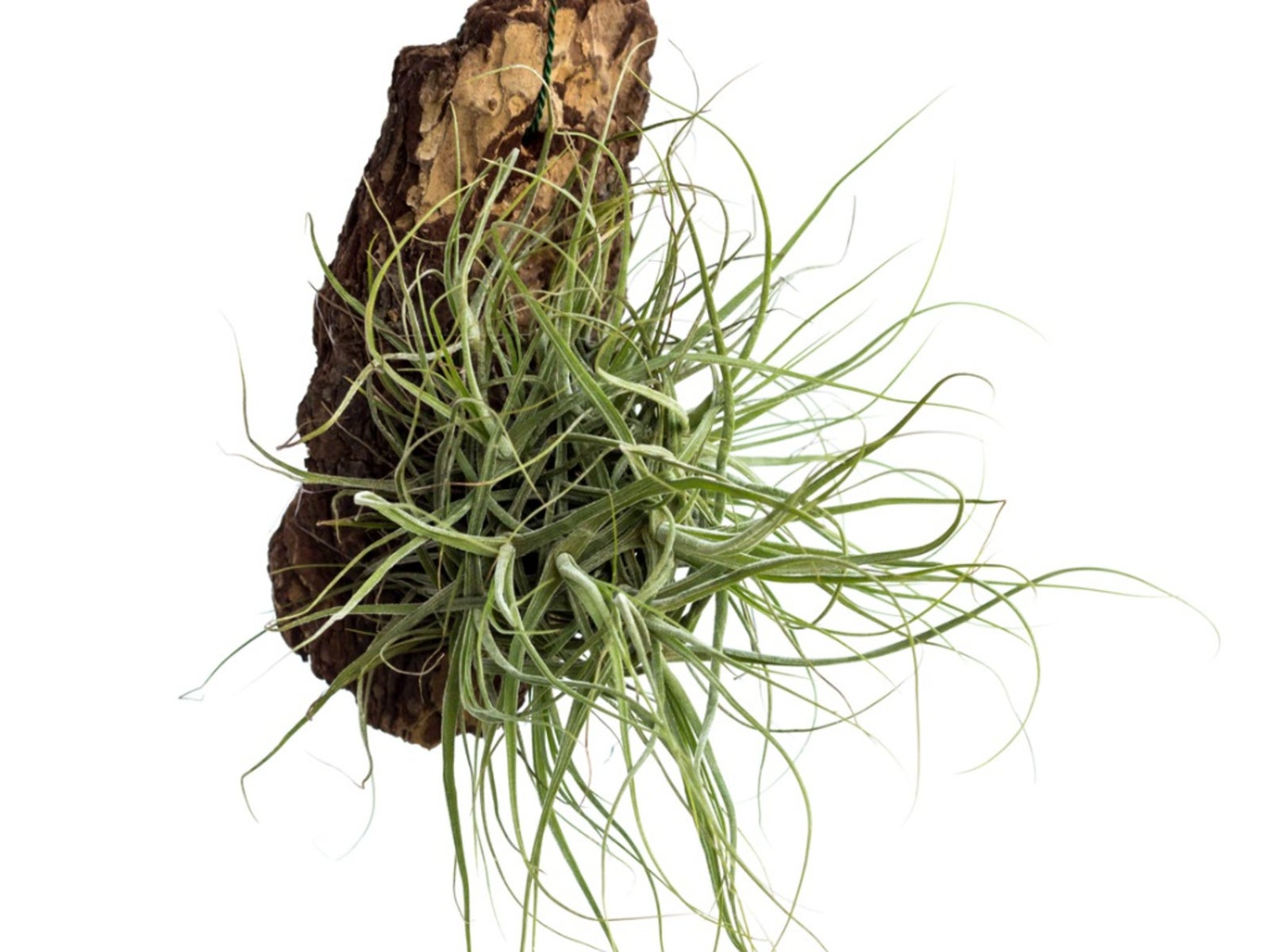Epiphyte Mounting Tips: How To Mount Epiphytic Plants


Epiphytic plants are those that grow on vertical surfaces such as another plant, a rock, or any other structure the epiphyte can attach to. Epiphytes are not parasitic but do use other plants as support. Epiphytes for the home interior are mounted, generally on bark, wood or cork. It's creative and fun to learn how to mount epiphytic plants. These varieties add a unique, tropical note to the home and epiphyte plant care is easy and carefree.
Epiphyte Mounting Tips
There are 22,000 species of epiphytes around the world. Many of these are becoming common houseplants due to their unique beauty but also their ease of care. Mounting these plants is the best way to view them, provides the plant the aerial situation it requires and assists in epiphyte plant care. Choose any mount that is porous and is free of chemicals and salts. Now it is time to take a few epiphyte mounting tips and get creative. The pros choose their mounting medium carefully. This is especially true of orchid collectors. Orchids tend to grow on specific species of tree and it is important to try to match that wood whenever possible. Usually, this is not the case, however, so a benign substitute is chosen. Your choice of mounting medium will depend upon the size of your epiphyte, the weight of the medium and durability. For the most part, driftwood, cork and large pieces of hardwood or bark will provide adequate homes for the plants. Your mounting material is your next choice. Use pantyhose, fishing line, wire, twine or even hot glue.
How to Mount Epiphytic Plants
Epiphyte growing and mounting can become addictive. The bromeliads, orchids, tillandsia, staghorn fern and other varieties of epiphyte will produce a unique collection. Any of the plants that have minimal roots or aerial roots are good candidates for mounting. The best medium for any type of plant will vary according to its native region; however, an overall good medium to cradle root systems is sphagnum moss. Moisten the moss and pack it around the roots. You can use a bit of coconut coir around that if you wish and then bind the whole mass to the plant with twine.
Epiphyte Growing and Mounting
You should have all the parts that you need together now. Take your plant and wrap the roots in the moistened sphagnum moss. Bind this to the base of the plant and then take your mounting piece and attach the base of the plant. Use glue, twine or whatever method you choose. Take care to hide any string in the foliage of the plant for best appearance. Epiphytes need more moisture than plants in pots. Provide water two to four times a week, depending upon how hot and dry your home is and what time of year. In summer, occasionally submerge the plant in water for an hour if it is not getting enough moisture. If your humidity is low, spray them with water occasionally. Place the plant where it gets bright but indirect light. Fertilize in spring with a dilution of a 10-5-5 that is low in copper. These are some of the easiest plants to care for and offer a rich variety of forms and mounting situations.
Sign up for the Gardening Know How newsletter today and receive a free copy of our e-book "How to Grow Delicious Tomatoes".

Bonnie Grant is a professional landscaper with a Certification in Urban Gardening. She has been gardening and writing for 15 years. A former professional chef, she has a passion for edible landscaping.